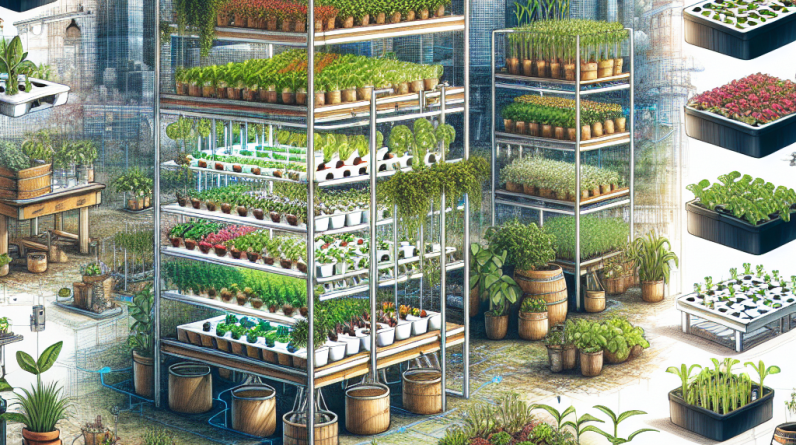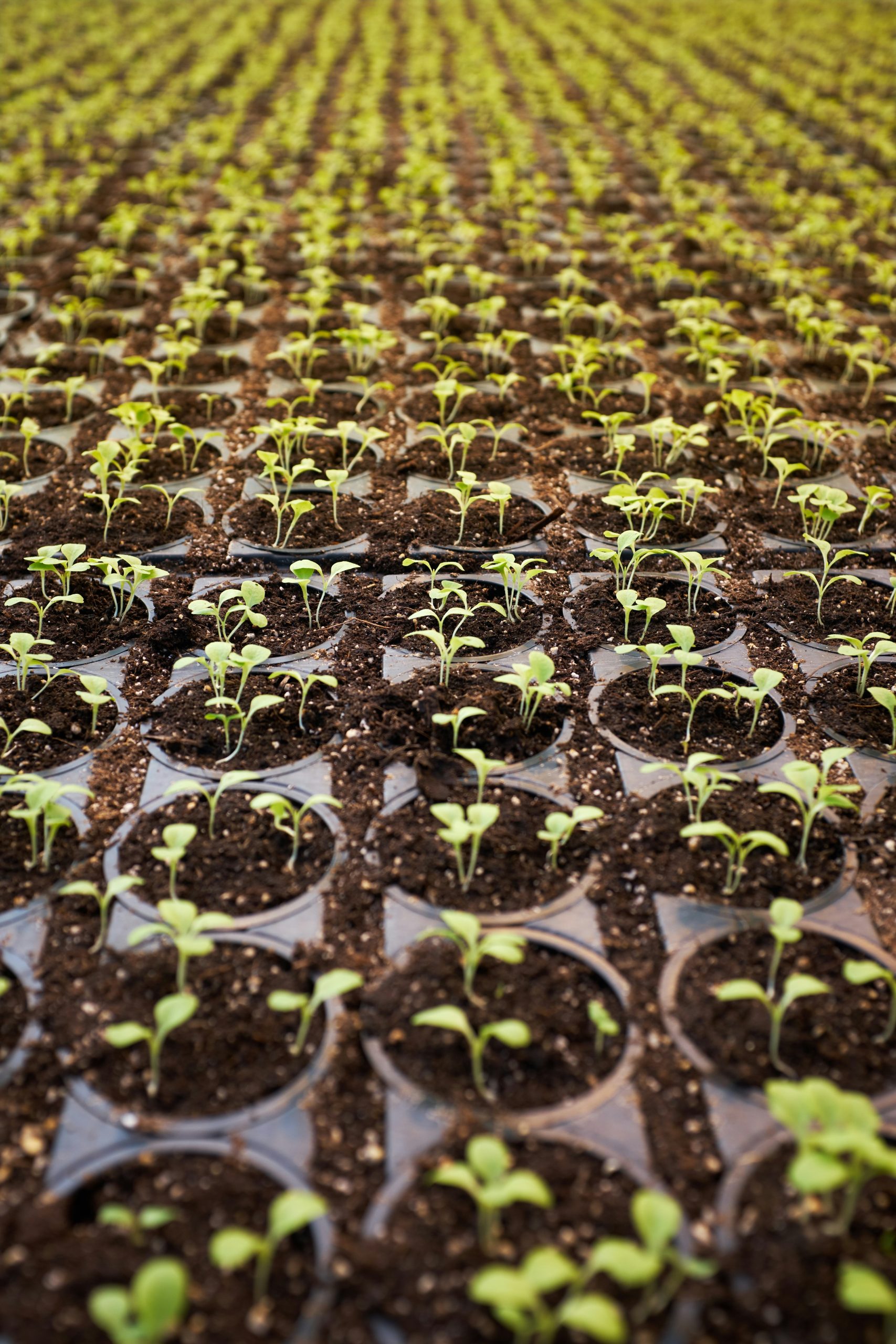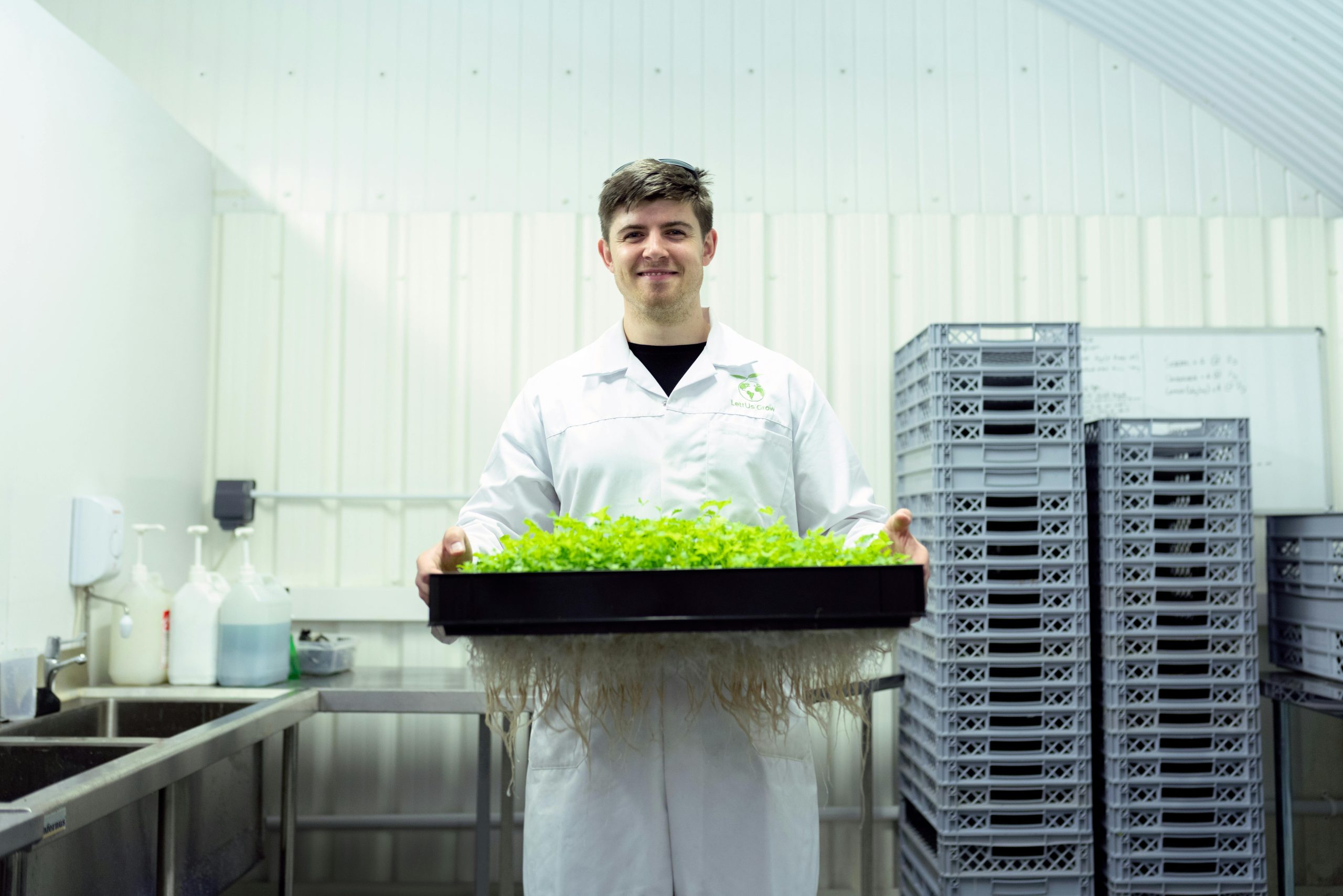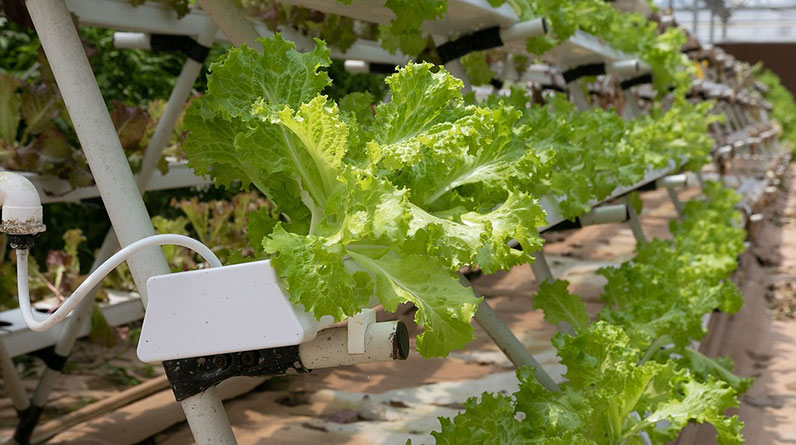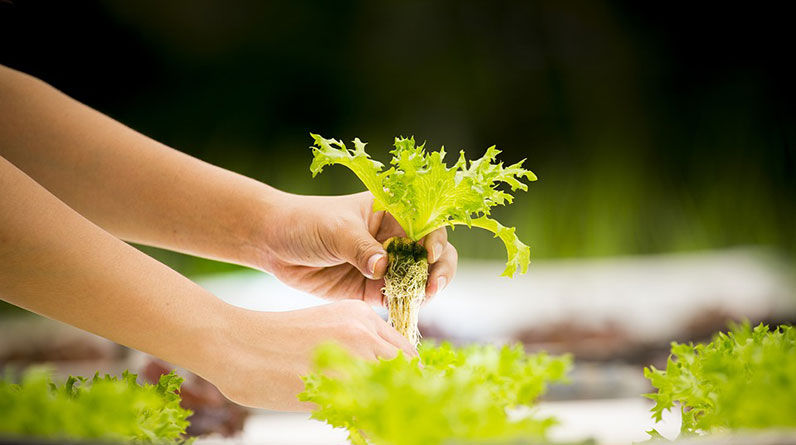1. Selecting the Right Containers for Hydroponic Gardening
Material Matters: Choosing Durable Containers
When diving into hydroponic container gardening, selecting the right containers is foundational. In 2025, many growers are favoring materials like food-grade plastic, PVC, or lightweight metal that resist corrosion and are easy to clean. These materials ensure longevity and prevent unwanted chemical leaching into nutrient solutions, which is vital for healthy plant growth. For beginner gardeners, reusable containers with proper drainage and UV resistance make maintenance straightforward and environmentally friendly.
Durability is crucial because containers are exposed to constant watering and nutrient flows. UV-resistant plastics, for example, maintain structural integrity over time, especially if you plan to garden outdoors. Additionally, choosing containers with opaque sides minimizes algae growth by blocking light from reaching your nutrient solution, leading to cleaner systems and healthier crops.
Size and Shape: Matching Plants to Containers
Container size directly impacts root development and overall plant health. Larger containers provide more space for root systems, which is essential for high-yield crops like tomatoes or peppers. In 2025, innovative designs such as modular containers allow growers to customize their setups efficiently, maximizing space and productivity.
Shape also plays a role. Deep containers are better for root crops like carrots, while wider, shallow trays work well for leafy greens and herbs. When selecting containers, consider your available space and crop choicesâthis ensures your hydroponic system is both practical and productive.
2. Choosing the Ideal Hydroponic System
Popular Hydroponic Methods for Containers
In 2025, top hydroponic container gardening enthusiasts are adopting systems like Nutrient Film Technique (NFT), Deep Water Culture (DWC), and flood-and-drain (e.g., Ebb and Flow). Each has unique advantages suited to container setups. For example, DWC is favored for its simplicity and rapid plant growth, making it ideal for beginners.
Choosing the right system depends on your space, budget, and crop goals. NFT systems are excellent for small-scale herb and lettuce production, while flood-and-drain setups accommodate larger, root-heavy vegetables. Understanding the strengths of each method helps you optimize your container gardening experience.
Integrating Systems with Containers
Modern hydroponic container gardening in 2025 emphasizes compatibility. Many growers modify standard containers to fit specific hydroponic setups, such as adding net pots or floating rafts. Proper integration ensures efficient nutrient delivery and drainage, reducing issues like waterlogging or nutrient deficiencies. Experimenting with combined methods can also expand your crop variety and yield potential.
3. Nutrient Management for Success
Customized Nutrient Solutions in 2025
Proper nutrient management is a cornerstone of successful hydroponic container gardening. In 2025, growers are utilizing pre-mixed, industry-certified formulas tailored for specific plant stages. This simplifies feeding schedules and ensures plants receive optimal macronutrients like nitrogen, phosphorus, and potassium, along with trace minerals.
Maintaining the right pH level, typically between 5.5 and 6.5, is essential for nutrient availability. Regular testing with digital pH meters and EC (Electrical Conductivity) testers allows precise adjustments, preventing deficiencies or toxicities. Adaptive nutrient strategies in 2025 incorporate real-time data to optimize growth conditions effectively.
Efficiency and Sustainability Tips
Reducing waste and conserving resources are priorities in 2025’s hydroponic container gardening. Using concentrated nutrient solutions and reusing excess runoff with filtration systems minimizes environmental impact. Automated dosing systems are increasingly popular, providing consistent feed and freeing gardeners to focus on other tasks.
4. Lighting Strategies for Optimal Growth
LED Lighting Innovations in 2025
Lighting is a critical factor in hydroponic container gardening. In 2025, LED grow lights dominate due to their energy efficiency, customizable spectra, and longevity. Targeted light spectra enhance specific plant processesâblue light promotes vegetative growth, while red light boosts flowering and fruiting.
Indoor hydroponic growers leverage smart lighting systems with programmable schedules to mimic natural photoperiods. Adjusting light intensity and duration can accelerate growth cycles, which is especially useful during shorter winter days. Additionally, using diffusers and reflectors increases light efficiency and uniformity across containers.
Natural vs. Artificial Light
For outdoor hydroponic container gardening, maximizing sunlight exposure is vital. Positioning containers to receive optimal sunlightâtypically 6-8 hours of direct lightâcan yield substantial harvests. However, for shaded or indoor setups, supplementing with high-quality LEDs ensures consistent plant development.
5. Pest and Disease Control in Hydroponic Containers
Common Challenges and Prevention Strategies
Pest management remains a significant concern in hydroponic container gardening, despite the controlled environment. Common pests like aphids, whiteflies, and spider mites can quickly spread in confined spaces. In 2025, integrated pest management (IPM) approaches combining biological controls, manual removal, and organic treatments are proving effective.
Regular inspection and maintaining cleanliness are crucial. Using sticky traps or beneficial insects, such as ladybugs, can keep pest populations in check. Closed systems minimize pathogen entry points, but growers must still monitor nutrient solutions for fungal or bacterial infections.
Protective Measures and Organic Treatments
Applying organic pesticides or neem oil can control pests without harming plants or contaminating produce. Ensuring good airflow and humidity control reduces the likelihood of mold and mildew. Maintaining healthy plant vigor through proper nutrients and lighting further bolsters resilience against diseases.
6. Maintenance and Monitoring Tips
Routine Checks for a Flourishing Garden
Consistent monitoring is key to a productive hydroponic container garden in 2025. Daily checks of water levels, temperature, pH, and nutrient concentration can prevent problems before they escalate. Automated sensors and apps make tracking and adjusting parameters more straightforward than ever.
Cleaning and sanitizing containers and equipment every few weeks help prevent disease build-up. Regularly replacing or replenishing nutrient solutions ensures plants receive fresh, balanced nourishment. Keeping detailed logs of growth and adjustments aids in refining your system over time.
Troubleshooting Common Issues
Slow growth, yellowing leaves, or root rot may signal nutrient imbalances, pH swings, or water quality issues. Addressing these promptly with targeted interventions keeps your hydroponic system healthy. Learning to identify early symptoms enables you to maintain optimal conditions and maximize yields in 2025.
7. Scaling Your Hydroponic Container Garden in 2025
Expansion Strategies for Growing Success
As you gain confidence in hydroponic container gardening, scaling up becomes an exciting possibility. Modular systems and stackable containers facilitate vertical expansion, perfect for limited space environments in urban settings. In 2025, smart automation can help manage larger setups more efficiently, from nutrient dosing to light control.
Prioritize establishing a strong foundation before scalingâproper container choices, nutrient regimes, and pest management techniques. Once optimized, expanding your system can substantially increase food production and variety, making your garden more sustainable and rewarding.
Advice for Maintaining Quality and Efficiency
With increased scale, streamline your processesâuse automation, plan crop rotations, and implement data-driven adjustments. Networking with other hydroponic growers can provide valuable insights and foster collaboration. Embracing new technology and innovative containers in 2025 will keep your hydroponic container gardening thriving.
FAQs about Hydroponic Container Gardening
- Q: What is hydroponic container gardening?
- Q: How do I choose the best container for hydroponic gardening in 2025?
- Q: What are some common hydroponic systems suitable for containers?
- Q: How can I improve nutrient efficiency in my hydroponic garden?
- Q: What are the latest trends in hydroponic container gardening for 2025?
A: Hydroponic container gardening is a soilless method of growing plants using containers that hold nutrient-rich water solutions. It offers efficient space utilization, faster growth, and fewer pests compared to traditional soil gardening.
A: Select durable, food-grade materials like UV-resistant plastic, match the container size to your crop’s root needs, and ensure proper drainage. Modular and stackable options are ideal for maximizing space.
A: Popular systems include Nutrient Film Technique (NFT), Deep Water Culture (DWC), and flood-and-drain setups. Your choice depends on crop type, space, and budget.
A: Use precise pH and EC testing, opt for high-quality nutrients, automate dosing where possible, and regularly monitor system conditions for optimal plant health.
A: Trends include smart automation, energy-efficient lighting, vertical stacking, sustainable nutrient use, and organic pest control practices, helping growers achieve higher yields with less effort.
Conclusion
Embarking on or enhancing your hydroponic container gardening journey in 2025 requires understanding key principles, from container selection to system maintenance. Mastering these elements can lead to lush, healthy plants and abundant harvests. Remember, the foundation of success lies in carefully choosing your containers, managing nutrients effectively, and staying vigilant with monitoring and pest control. As we’ve seen, hydroponic container gardening is not only efficient and scalable but also adaptable to various spaces and lifestyles. With the right knowledge and tools, you can thrive in the exciting world of hydroponic container gardening in 2025 and beyond.


